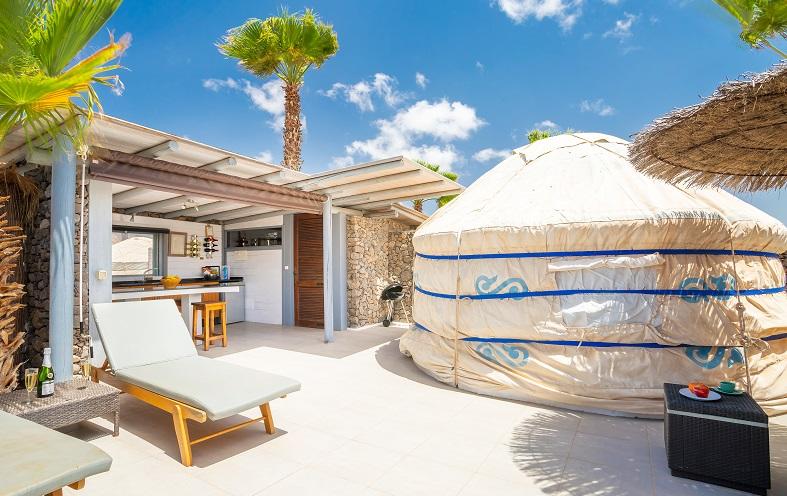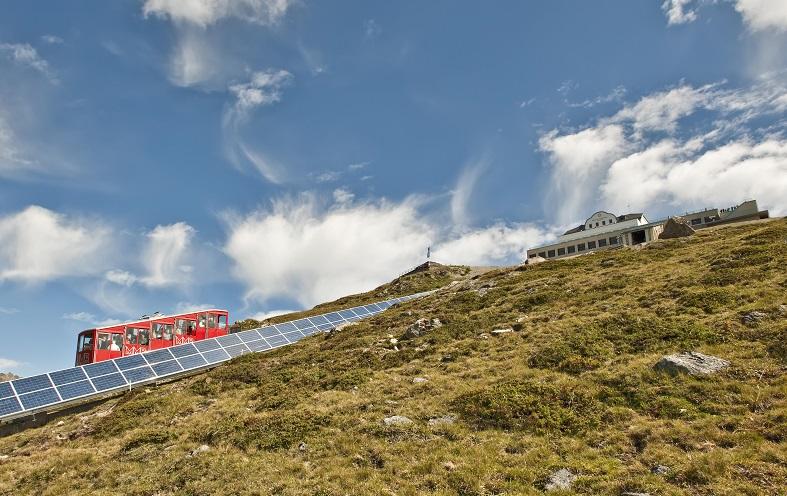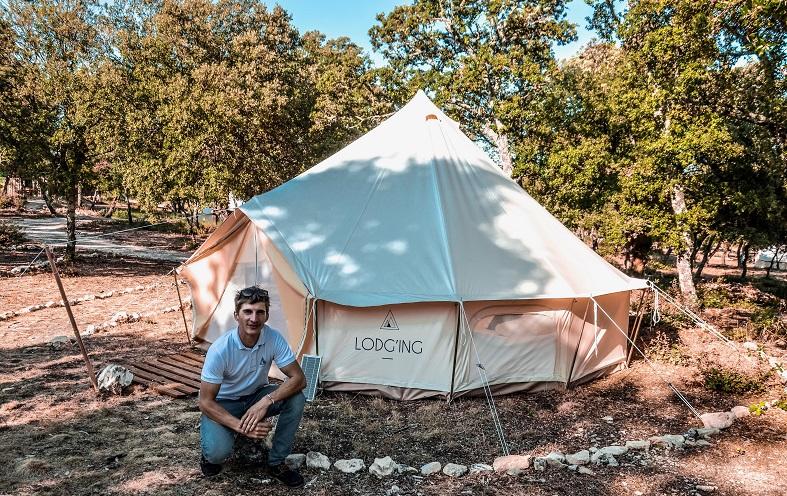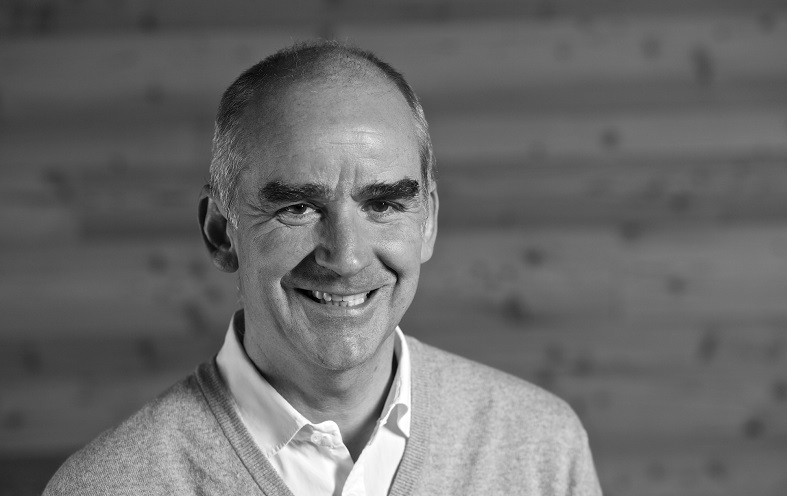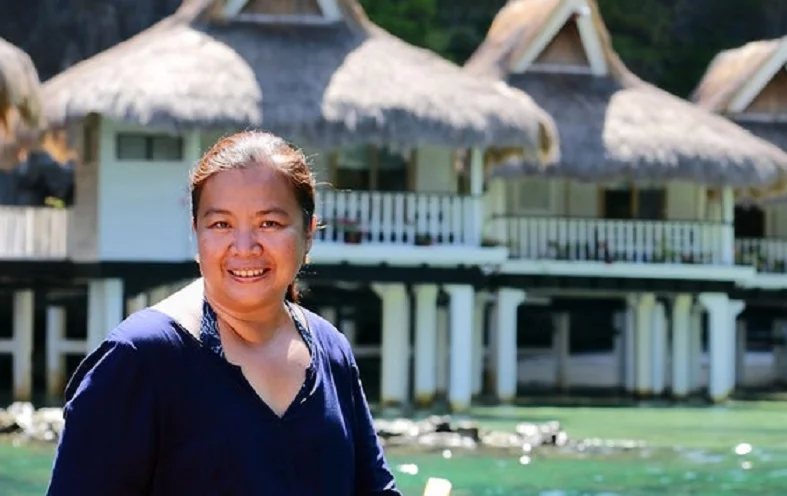
El Nido Resorts in the Philippines – a name you come across quite often when researching sustainable tourism examples and success stories in Asia. But how exactly do they do it? And which challenges does the resort face? To find out, we caught up with Mariglo (Marigs) Laririt, Head of Sustainability.
Marigs, you are a biologist by training. Do you remember what first got you interested in working in tourism?
I was teaching at the State University when I got offered a job to be a “resort biologist”. I thought that was so intriguing. So without knowing much about tourism or resorts, I took it!
How has your view on responsible tourism changed over the years? Which observations have you made; lessons learned?
I have always believed in the power of collective action, of small steps eventually creating big strides of change. And after many years of encouraging, training, empowering people in the various levels of resort operations, I still believe that. Ultimately, top-down will accelerate things.
I’ve also learned to think and act multi-disciplinary: beyond the realm of tourism.
As Director of Sustainability at El Nido Resorts in the Philippines, you are in charge of a dedicated team involved in environmental stewardship and conservation. Which aspects do you find the most difficult, of running this “green team”?
- Multi-tasks, multi-skills
- Enjoining others takes a lot of effort, changes are incremental, and sometimes too slow and seemingly too small.
- The corporate setting may be disorienting for some.
Which have been the main challenges that El Nido Resorts have had to overcome, to become one of the world’s most highly awarded sustainable resorts?
Greening the supply chain. Now, there are more options than ever before.
Government infrastructure. It takes patience and persistence to get things done.
Aviation has always been a challenge in the sustainable tourism context but is getting more attention now, due to the rise of heatwaves, storms, and other adverse weather events. How does the changing climate affect your work at the resort, and what can individual businesses, like El Nido, do to help mitigate greenhouse gas emissions?
This is admittedly very difficult for the tourism industry in general, dependent as we are on fossil fuel in so many ways. Specifically for us in the Philippines, where mitigating greenhouse gas emissions remains both a fiscal and geographical challenge. At the resort we do what we can, finding the most cost-effective solutions via a combination of renewable energy sources: solar and biomass.
Allowing tourism within protected areas can be a delicate balancing act. To your mind, which are the crucial points destination managers need to keep an eye on to make sure tourism activities support – rather than hinder – conservation efforts?
- Scientifically determine limits of acceptable change
- Government infrastructure and enforcement of environmental laws
- Harness tourism as a source of revenue for conservation and ensure that it is used as intended
- Communicate wins and continuing challenges effectively
Close partnership and collaboration with the local community is a crucial part of sustainable and responsible tourism practices. How do you approach this at El Nido Resorts?
- Developing business partners among local community members
- Creating shared value, versus CSR or dole-outs
In your view, which are the main tourism sustainability challenges that the Philippines face today?
- How to mainstream sustainability in the tourism industry
- Determining the percentage of travellers who choose on the basis of sustainability
Which would you consider the main achievements at El Nido Resorts so far, regarding sustainability?
- We are able to demonstrate the benefits of adhering to the Quadruple Bottom-line of Financial Growth, Environmental Stewardship, Community Engagement, and Organisational Development.
- We measure individual and corporate performance, which includes metrics on our commitment to sustainable practices.
- Our network of community partners has grown tremendously.
- We engage in multi-stakeholder and multi-disciplinary conversations and actions on the conservation of natural capital.
- We are known for our unique leisure offerings, as well as being the lead in sustainability with our programs that benefit both the community and the environment. Those programs include:
- From Hooks to Books
- Nature Farm Lab for Farmers
- Marine Turtle Conservation Network, which also involves other stakeholders
Looking ahead, which sustainability trends or topics do you think will have the most impact on the work of tourism professionals in the coming years, especially those in Asia?
- Preparing for climate change impacts
- Strengthening the value chain with local partners
- Measuring ecological impacts
Thank you, Marigs!
More about El Nido Resorts here. Looking for (travel) inspiration? Follow El Nido Resorts on Facebook, Instagram, or Twitter.
Enjoyed our interview with Marigs Laririt, Head of Sustainability at El Nido Resorts in the Philippines? Spread the word!

